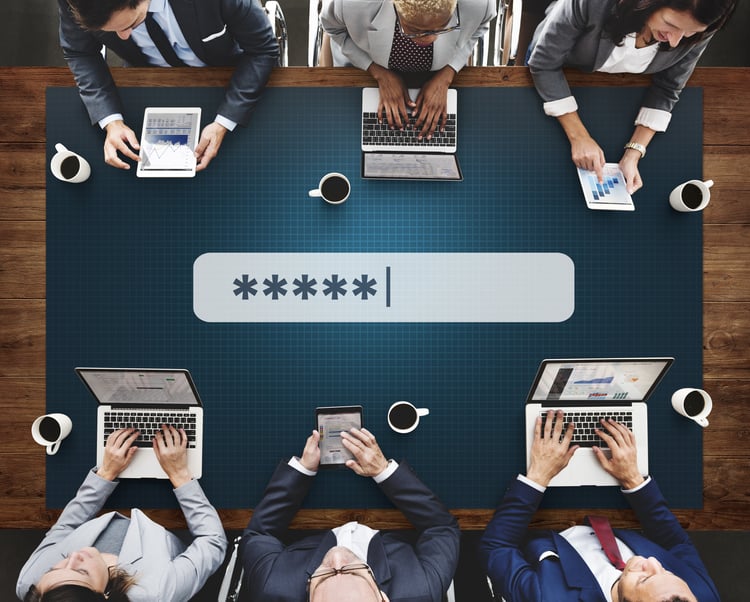
According to Verizon's Data Breach Investigations Report, a significant number of all attacks were carried out by insiders. This study tracked incident classification patterns and found that in cases of miscellaneous error and privilege misuse, the threat originated internally up to 99% of the time. Across other classifications like lost or stolen assets and system intrusions, internal threat attribution ranged from 8-17%. In its 2021 report on the cost of data breaches, IBM found that the most common initial attack vector targeted human employees. Protecting your organization from insider threats is necessary to prevent a major data breach or malicious attack while also potentially saving your organizations millions.
Here are some you can protect your organization's sensitive data from Insider Threats.
1. Educate Your Staff
Out of all insider attacks, it's estimated that about one-third involved inadvertent actors. Simply put, this means that an insider unknowingly allowed or enabled an attack. This can occur if a staff member plugs an infected USB into their work computer, or if someone on your team opens a phishing email or downloads a suspicious file. The best way to prevent these types of attacks is to ensure your staff is trained on cyber security best practices. Security training should be completed annually and cover topics such as phishing, social engineering, malware, passwords, use of portable devices, physical access, data destruction, encryption, data breaches, and how employees are expected to respond if a security threat is detected. A well-trained staff is your first line of defense in mitigating human error.
2. Implement Privileged Access Management Protocols
Utilizing the Principle of Least Privilege is critical to limiting the impact and ability of an insider to commit an attack. The Principle of Least Privilege provides staff with the least amount of access they require for their role. This basically means staff doesn’t have access to anything in the network that isn’t required for their job. To ensure your data is safe you need to know where your data is and who has access to it. Access management is the first step in evaluating and monitoring your data security. By minimizing who has access to your data and certain areas of your network you’re limiting the chances of it being compromised.
3. Assess Behavioral Patterns
Gartner argues that by monitoring the behavior of users on your network you can stop an attack early on and minimize your damages. By assessing patterns of behavior through User and Entity Behavior Analytics Software (UEBA), organizations can minimize disruption to their business. Is one of your staff members logging in at an odd hour or uploading or downloading an unusually large number of files? These may be signs that an attack or breach is occurring.
4. Restrict Copying or Transferring Data
Depending on the type of data your organization has, it may be necessary to block users from transferring data to external sources (USBs, outside email addresses, etc.) or copying files to other locations. This will make it more difficult for disgruntled employees to steal information or accidentally share confidential information with others.
5. Implement Geofencing and Time-fencing
Geo-fencing allows your organization to place physical boundaries on users when utilizing your network or devices. Alerts can be set up so a notification is sent when a device enters or leaves a specific geographical area. For example, an alert can be sent to a hospital's IT team when one of their iPads leaves the premise containing critical patient files. Once they have this information they can lock the device and wipe all data. This is a practical tool to keep access limited to within a specific area and in addition, keeps those outside the perimeter from accessing your network.
Time-fencing works similarly, it prevents users from accessing certain materials during certain hours. This may be preventing users from accessing Facebook during working hours or limiting access to patient files or critical client data during office hours. By geofencing and time-fencing you can limit the number of opportunities for internal threats to access the network and data.
6. Beware of Third-Party Vendors
A survey conducted by Secure Link and the Poneman Institute on third-party risk management found that 51% of all respondents experienced a data breach linked directly or indirectly to a third-party vendor. Many third-party vendors are granted access to organization’s internal networks, making the network even more susceptible to security breaches. To learn more about protecting your organization from vulnerabilities due to third-party or vendor access read our article.
